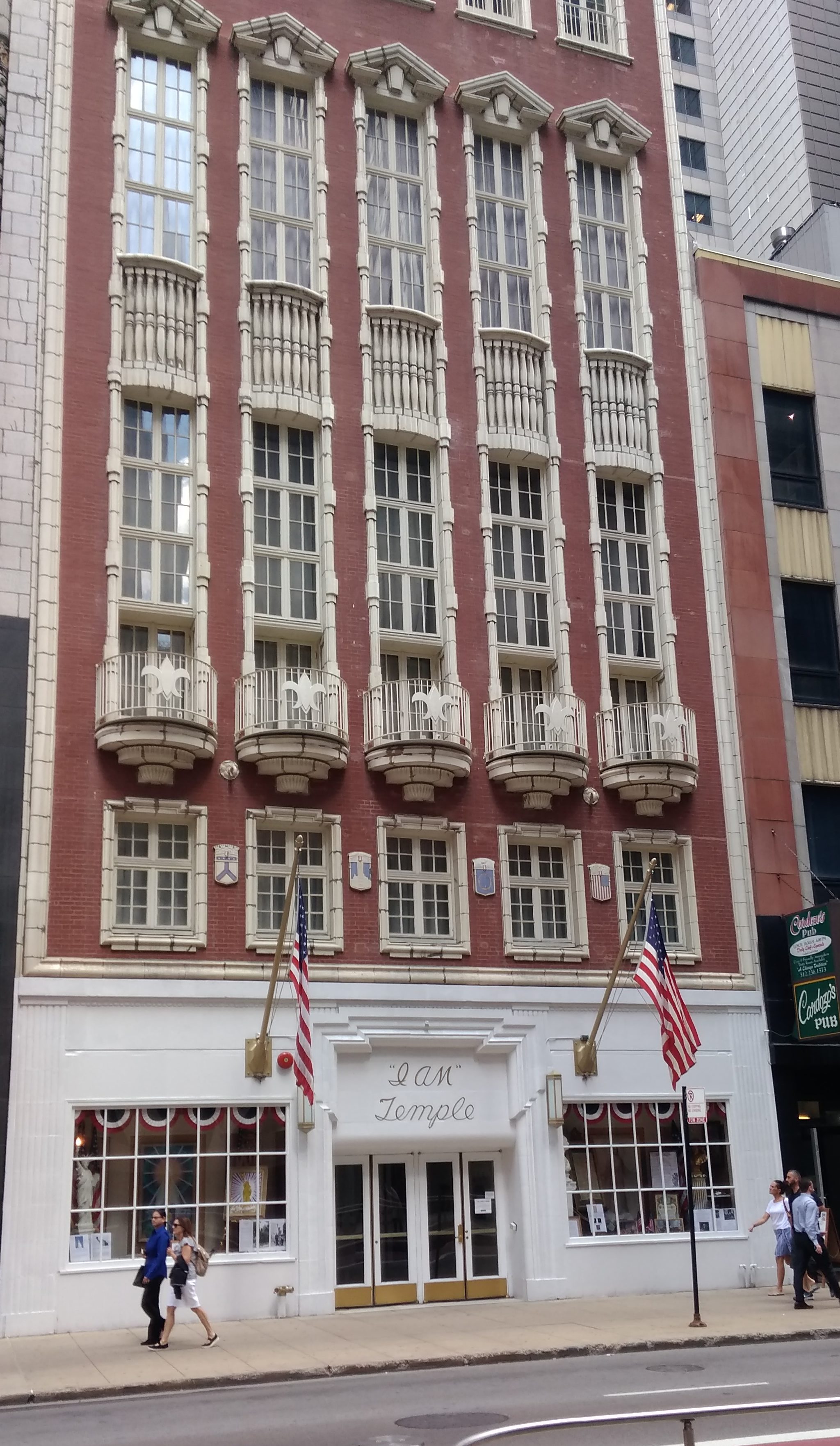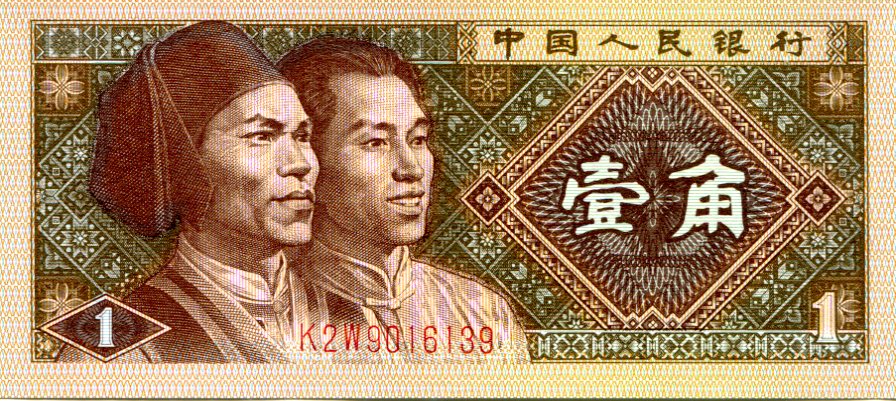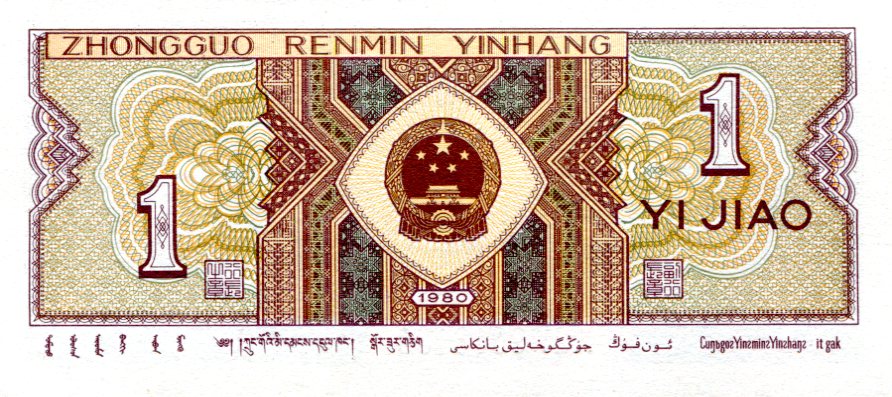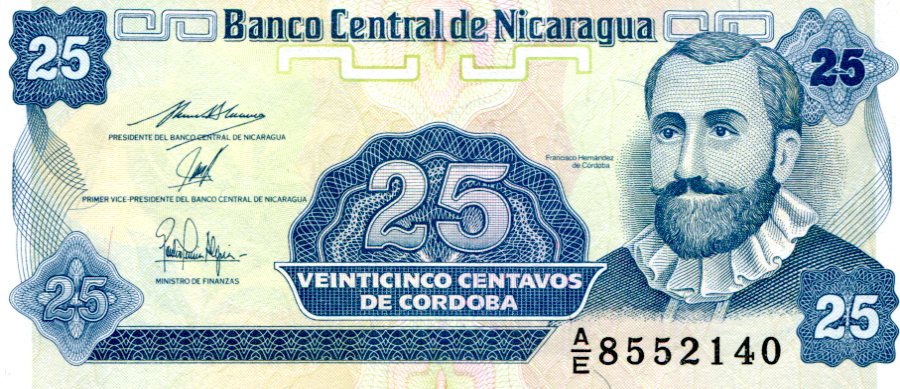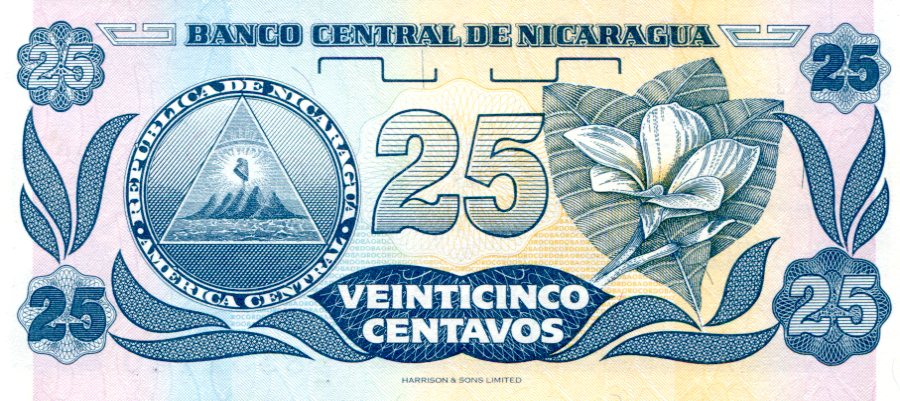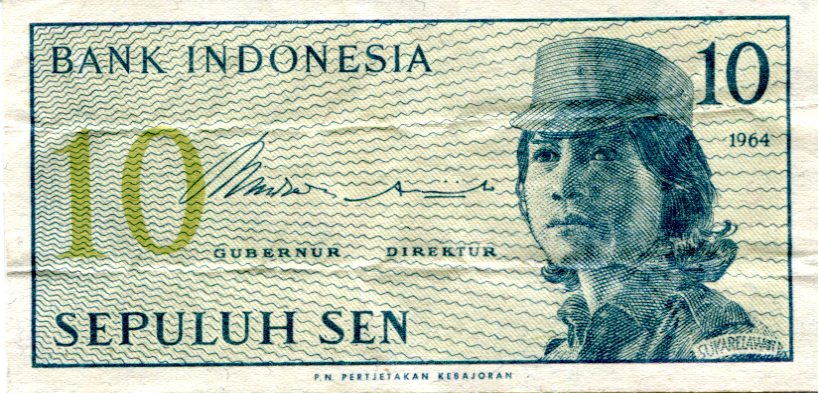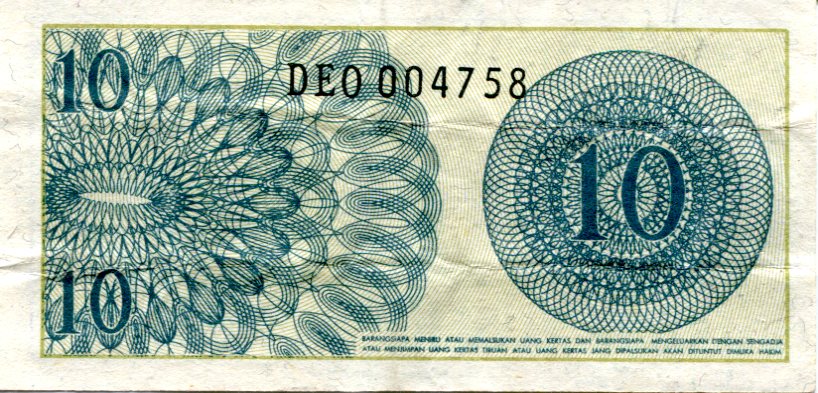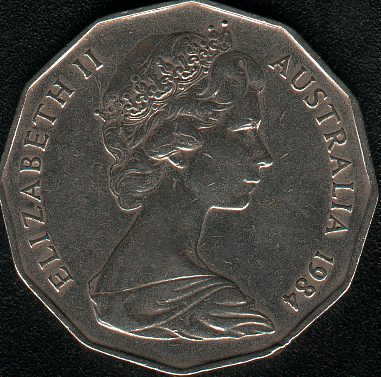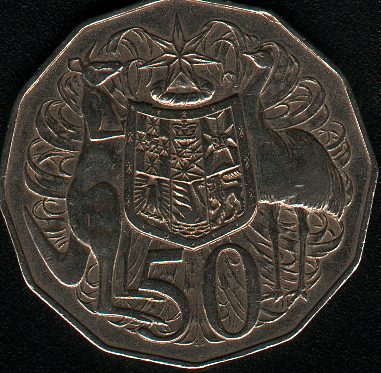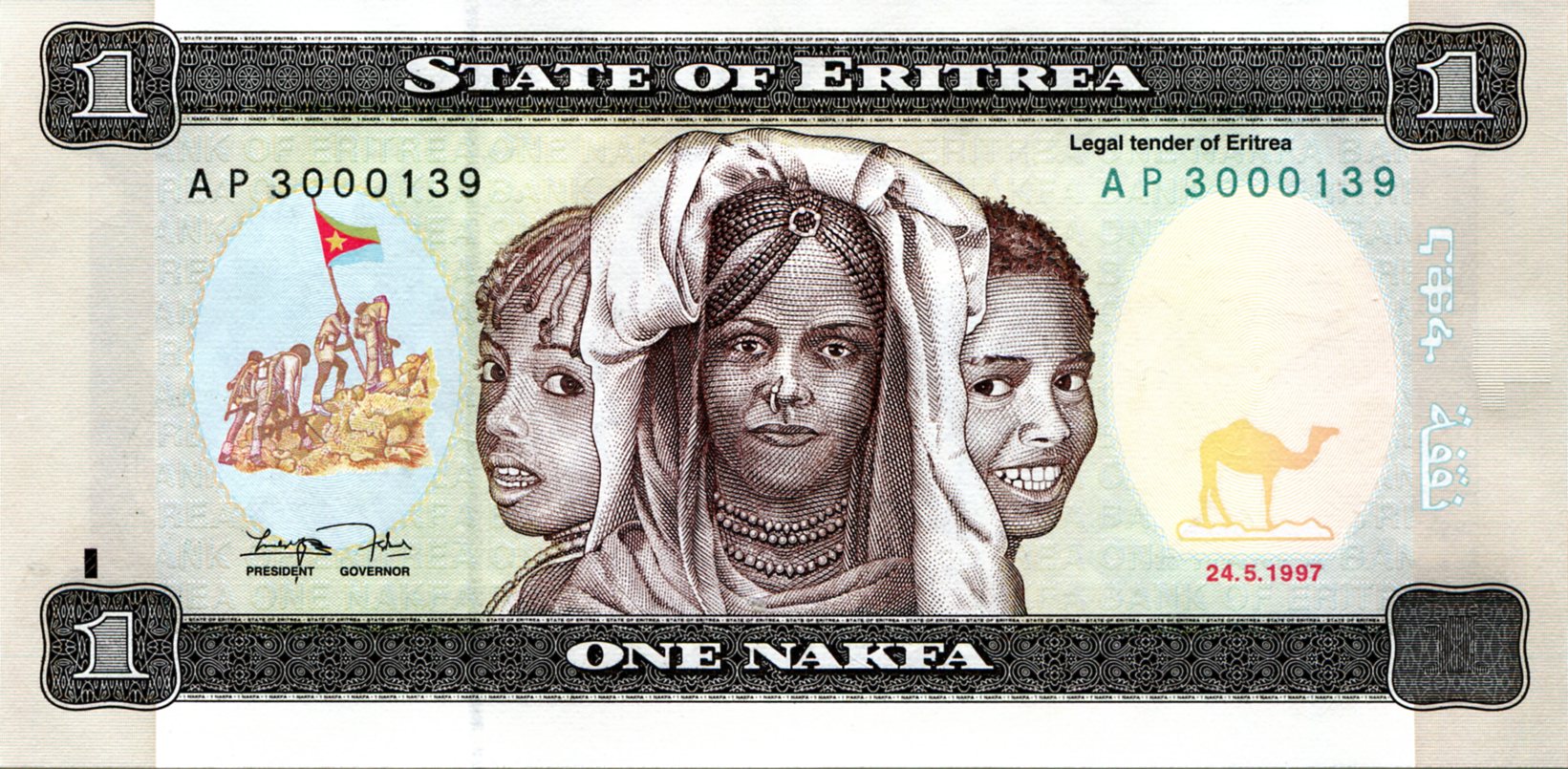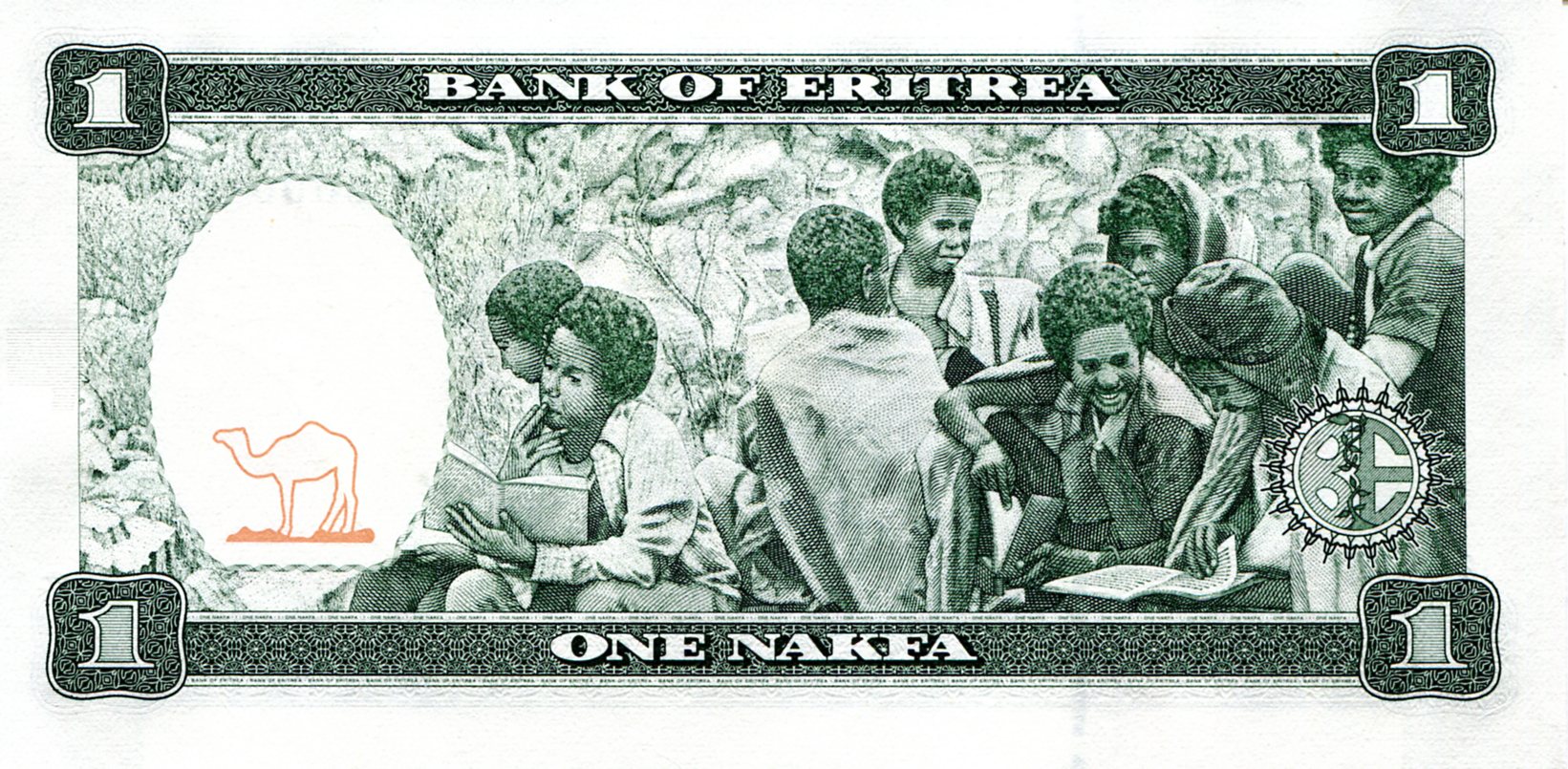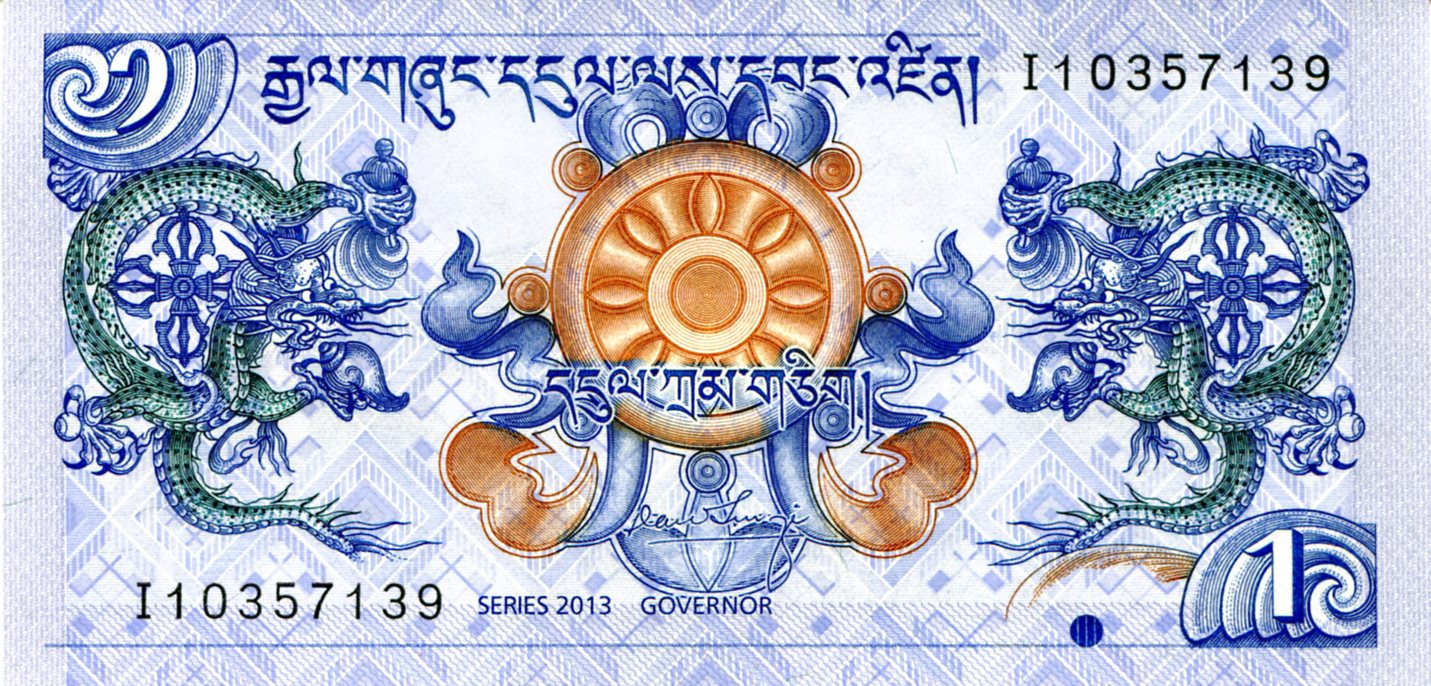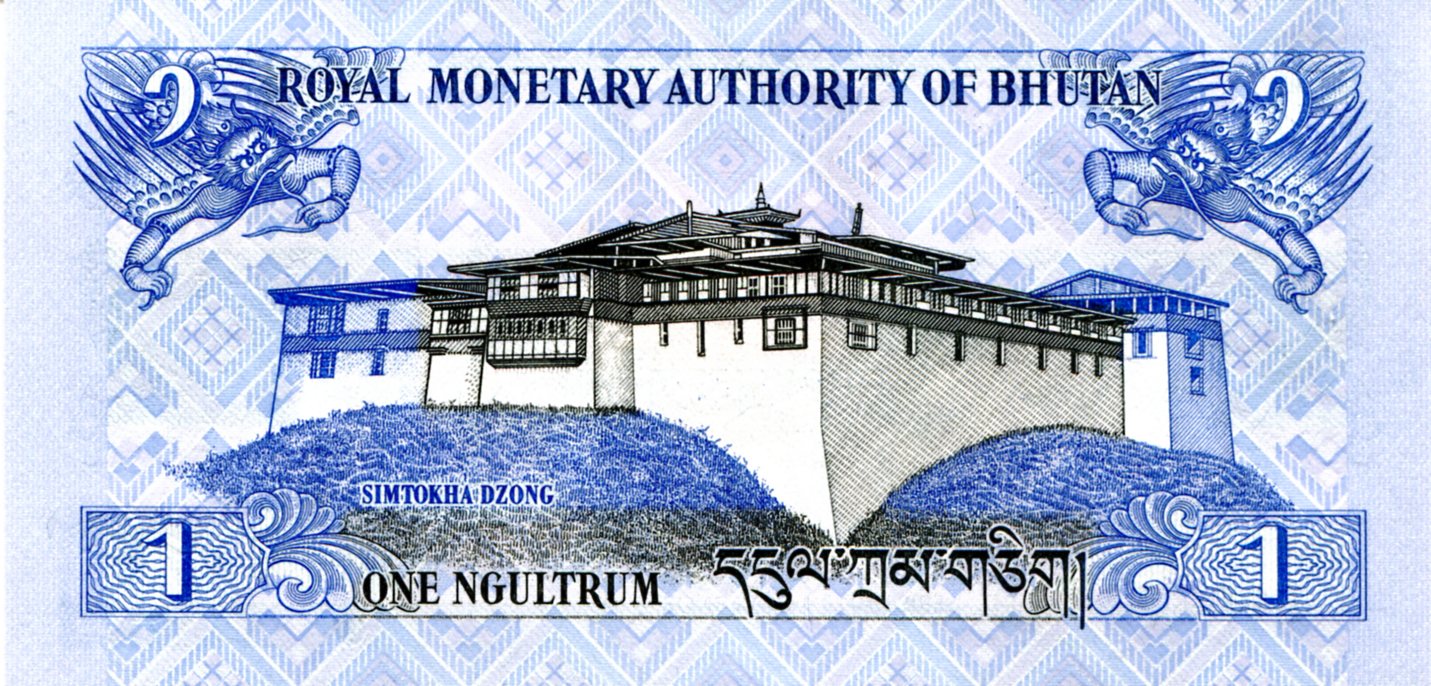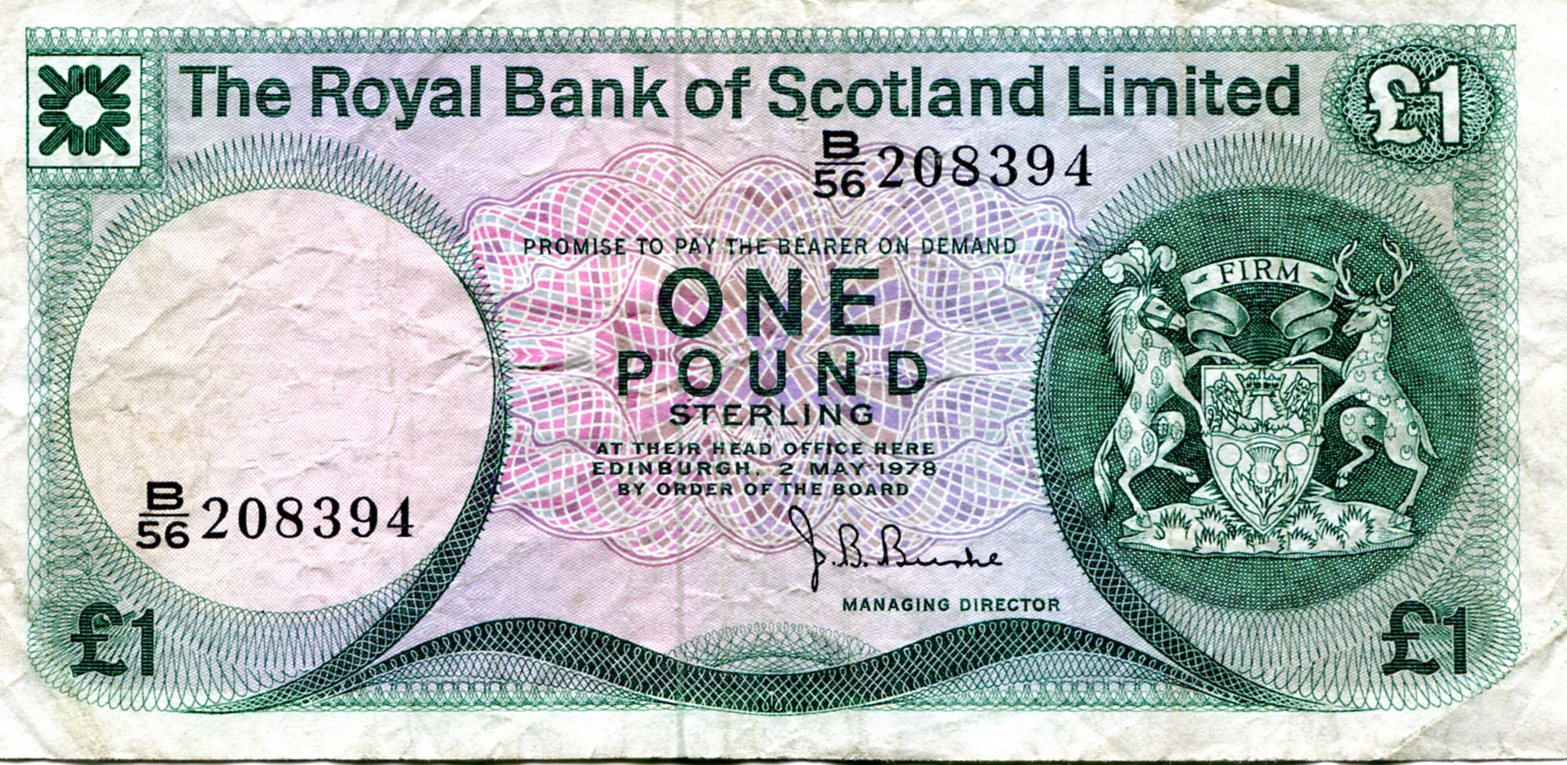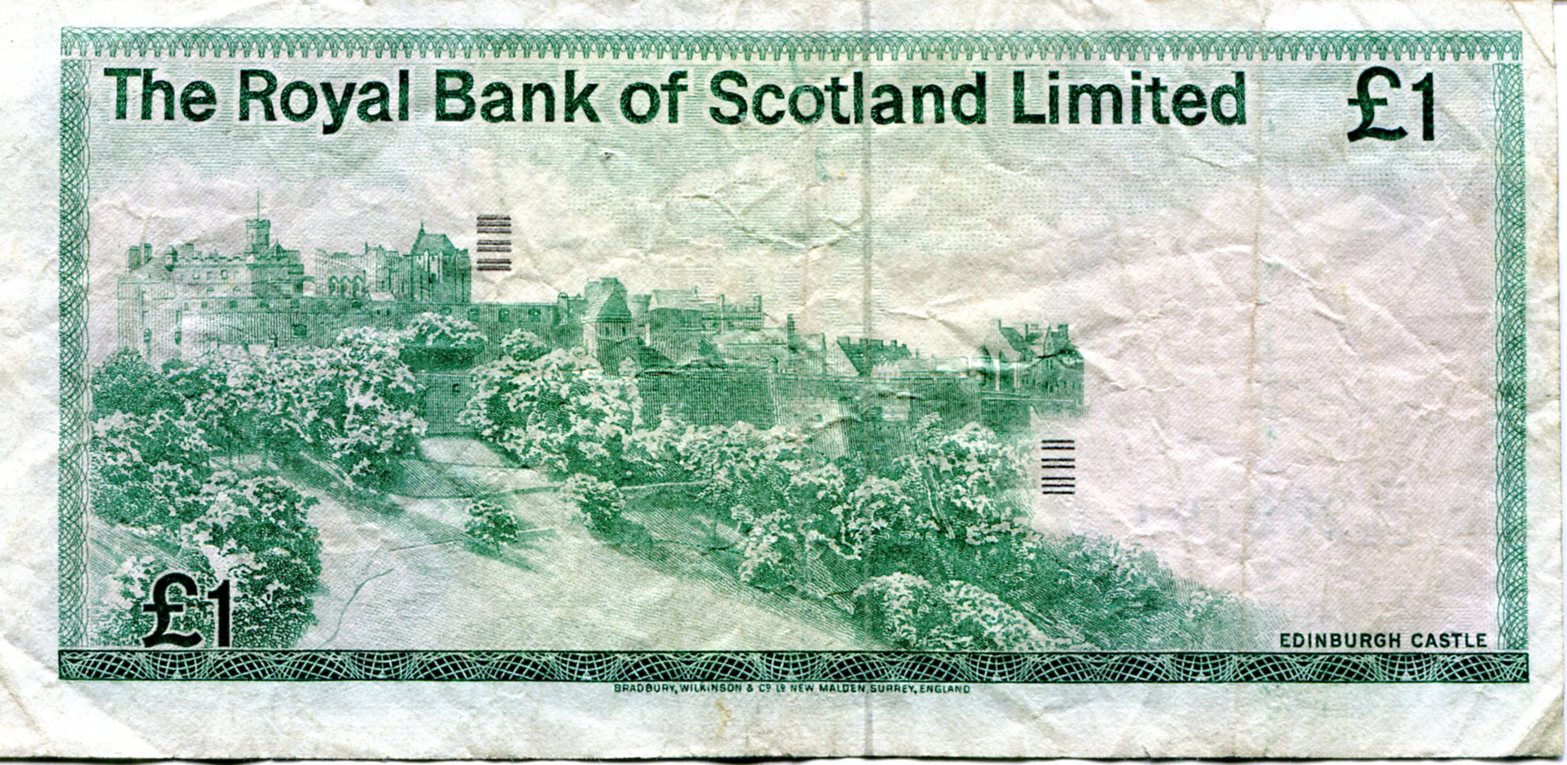Something else I snapped while on foot downtown Chicago last week: the front of the I AM Temple on W. Washington St.
I didn’t go in. A sign on the door says ring bell and wait for someone. I prefer my religious sites to be self-service.
The organization’s HQ happens to be in the northwest suburbs, not downtown. Without digressing into detail — a foray into the rabbit hole, that is — it’s enough to say that, according to Britannica, “I AM movement, theosophical movement founded in Chicago in the early 1930s by Guy W. Ballard (1878–1939), a mining engineer, and his wife, Edna W. Ballard (1886–1971)…. Ballard claimed that in 1930 during a visit to Mount Shasta (a dormant volcano in northern California), he was contacted by St. Germain, one of the Ascended Masters of the Great White Brotherhood.”
Is it possible that Popeye is a prophet of this movement? After all, he appeared ca. 1930 and was known to say, “I yam what I yam.”
Also, why are rabbit holes a metaphor for endless, bewildering complications? Are rabbit holes that complex? Maybe warrens are, but that isn’t the way the saying goes. Wouldn’t ant nests or prairie dog towns be more suitable?
Another day, another stash of Roman coins dug up in Italy. Late Roman imperial era, the article says.
Bonus: they were gold coins. That’s something I’d like to find in the basement, though strictly speaking, we don’t have a basement. Roman gold-coin hordes must be pretty scarce in the New World, anyway.
Late Roman imperial era, eh? I can imagine it: “Quick, find a place to bury the gold! The Visigoths are coming! We’ll come back for it later.”
The event probably wasn’t that dramatic, but someone put the horde there, presumably not to lose track of it — but they did, for 1,500 or more years. Distant posterity is the beneficiary.
Strictly by coincidence, Ann and I watched the first episode of I, Claudius last weekend, which is available on disk (but not on demand: what kind of world is this?). Been a long time since I’ve seen it. Early ’90s, I think, as it was available in Japan on VHS. I also saw it when I was roughly Ann’s age, on PBS when it was pretty new.
The other day I used bifurcation in an article. That’s more common in business writing than one might think, since it’s sometimes used to describe markets dividing in some way or other (often, winners and losers). It’s also I word I can never remember how to spell, so I always look it up.
Google has replaced a trip to a dictionary as the default for spelling. Sad to say, since the possibility of lateral learning is rife while thumbing through a dictionary. Many times in earlier years I spied an entry, not the one I was looking for, and thought, I didn’t know that word.
Then again, there can be sideways learning with Google. If you let it. Not satisfied with mere spelling, I fed “bifurcation” into Google News to see what would happen. Every single hit on the first page linked to items in the Indian English-language media.
From the Times of India:
GMDA can’t plan drain bifurcation now, say greens
Bifurcate HC too: Centre backs Telangana’s petition in SC
Bifurcation of Badshapur drain on cards to avert flooding in Hero …
From The Hindu:
‘Telangana drawing water from NSP without KRMB approval’
Demand for bifurcation of municipal corporation getting stronger
From the New Indian Express:
Centre to expedite High Court bifurcation: Vinod Kumar
Clearly, the word gets more mileage on the Subcontinent than in this country.
